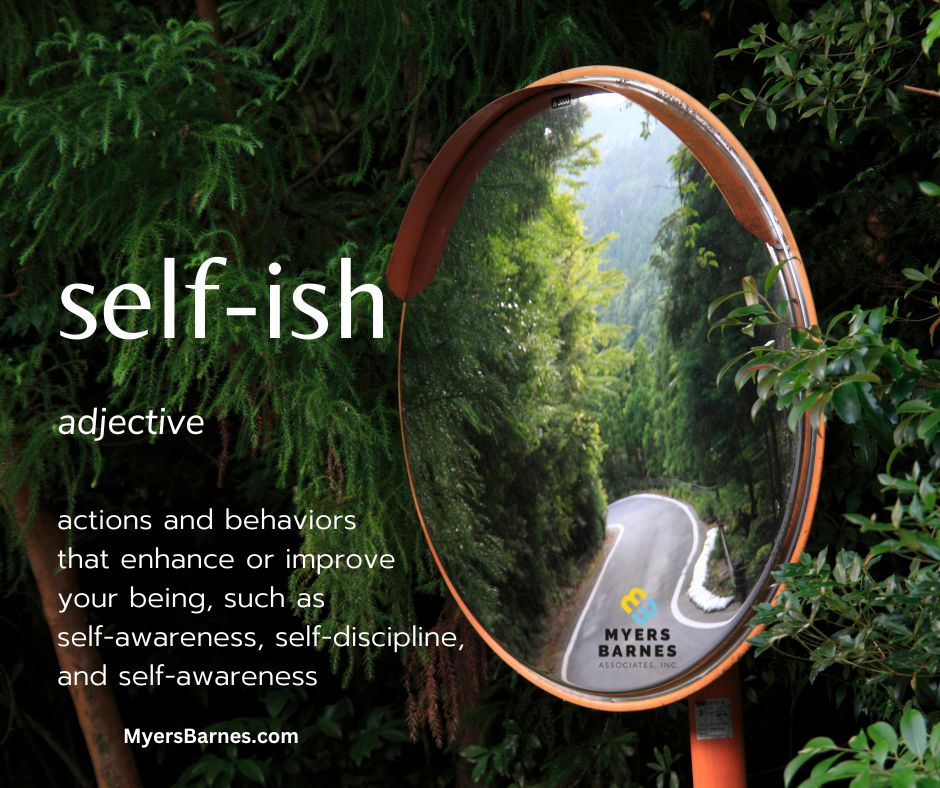 A business associate hates to travel on major highways. She prefers side roads, although it may take her longer to get where she’s going. She also likes to take different routes whenever possible. She admits to being “directional dysfunctional,” even with a GPS, so she often gets lost. That’s okay. Eventually, she finds her way. By taking the roads less traveled, she says the traffic is less and she benefits by experiencing different sights, sounds and smells.
A business associate hates to travel on major highways. She prefers side roads, although it may take her longer to get where she’s going. She also likes to take different routes whenever possible. She admits to being “directional dysfunctional,” even with a GPS, so she often gets lost. That’s okay. Eventually, she finds her way. By taking the roads less traveled, she says the traffic is less and she benefits by experiencing different sights, sounds and smells.
In new home sales, you have multiple opportunities to take a different route … to try new sales processes, to search for prospects in different ways, to explore better methods of communicating with buyers and brokers.
The pathways you choose – and all decisions you make – are determined by three things: the knowledge you have in your head, the information that’s available to you and any restrictions that apply.
To demonstrate what I mean, a few years ago, my goal was to get proficient on the computer. To do that, I had to start at the keyboard. Although each key is labeled with a letter or symbol, I had never memorized their positions. So I was forced to use the hunt-and-peck method of typing. This was slow and laborious. It wasted a lot of time that I could have used more productively.
I had head knowledge of the keyboard, but it wasn’t enough. I needed to get more external information that I could convert to internal knowledge, so I took a typing course. My knowledge increased, my speed improved and here I am today…typing 40 words a minute without looking at the keyboard. Now, if I had not owned a keyboard on which to practice, that would have been a restriction that I needed to overcome.
While there is an unlimited amount of information in the world, psychologists have identified only two kinds of knowledge: declarative and procedural. Declarative knowledge is facts and rules. It’s easy to learn and teach. Procedural knowledge is more challenging and time consuming, but it’s the one that helps us accomplish our goals. The best way to learn it is through demonstration (watching something or someone) and practice.
As you grow in knowledge, the pathways you choose may be more of the less-traveled side roads than the crowded highways. Regardless, each one will serve some purpose and take you somewhere. The trick is to stubbornly follow the roads that are dead-on and not those that are dead ends.


